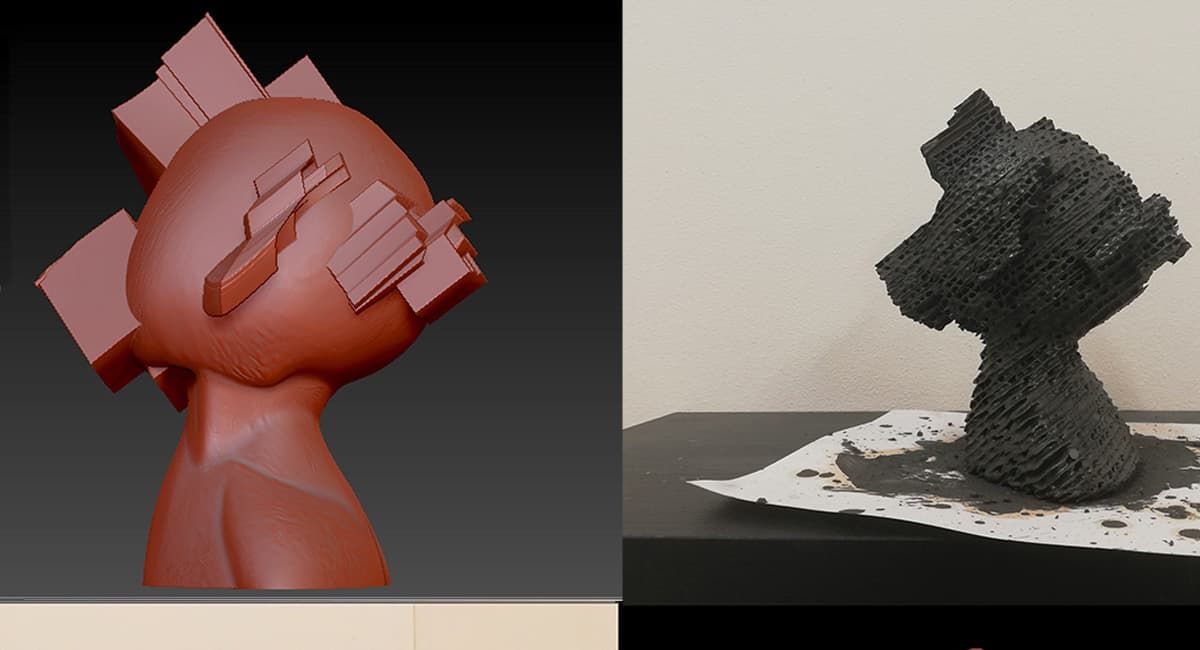In the world of art, sculpture has long been a medium that captures the imagination of artists and viewers alike. From the ancient Greeks to the Renaissance masters, sculptors have used various techniques to create stunning works of art that endure the test of time. In modern art, sculptural techniques have continued to evolve, pushing the boundaries of what is possible and redefining the art form.
The Influence of Technology
One of the key drivers of change in sculptural techniques in modern art is the influence of technology. With advancements in tools and materials, artists are able to experiment with new ways of creating sculptures that were once unimaginable. 3D printing, for example, has revolutionized the way sculptors can bring their visions to life, allowing for intricate designs and complex forms that were previously impossible to achieve.
Exploring New Materials
Another significant trend in modern sculpture is the use of unconventional materials. Artists are no longer limited to traditional materials like marble or bronze, but are instead exploring the possibilities of using materials such as plastics, wood, and even recycled materials to create their sculptures. This experimentation with materials has led to a diverse range of textures and finishes, adding a new dimension to sculptural art.
Embracing Minimalism and Abstraction
In modern art, there has been a shift towards minimalism and abstraction in sculpture. Artists are moving away from the highly detailed and representational sculptures of the past, instead favoring simplified forms and abstract shapes. This shift towards minimalism allows for a greater focus on the essence of the sculpture, creating a sense of purity and simplicity that resonates with viewers.
Challenging the Boundaries of Space and Form
One of the most exciting aspects of modern sculptural techniques is the way artists are challenging the boundaries of space and form. Sculptors are experimenting with new ways of manipulating space and volume, creating sculptures that interact with their surroundings in innovative ways. From site-specific installations to sculptures that blur the line between art and architecture, modern sculptors are pushing the boundaries of what is possible in the art form.
Conclusion
As we can see, sculptural techniques in modern art continue to evolve and push the boundaries of what is possible. With advancements in technology, a focus on new materials, and a shift towards minimalism and abstraction, artists are creating sculptures that are innovative, daring, and captivating. The future of sculptural art is bright, as artists continue to push the limits of their creativity and explore new ways of expressing themselves through this timeless and powerful medium.
With each new development and innovation, sculptural art continues to inspire and challenge audiences, proving that the art form is as relevant and exciting today as it has ever been.
